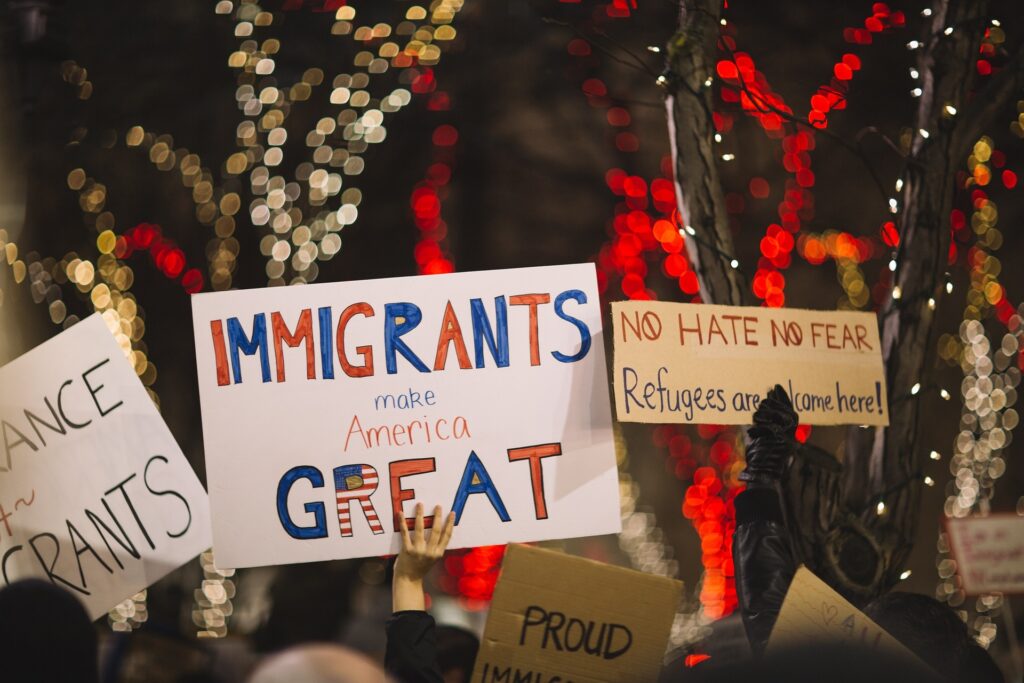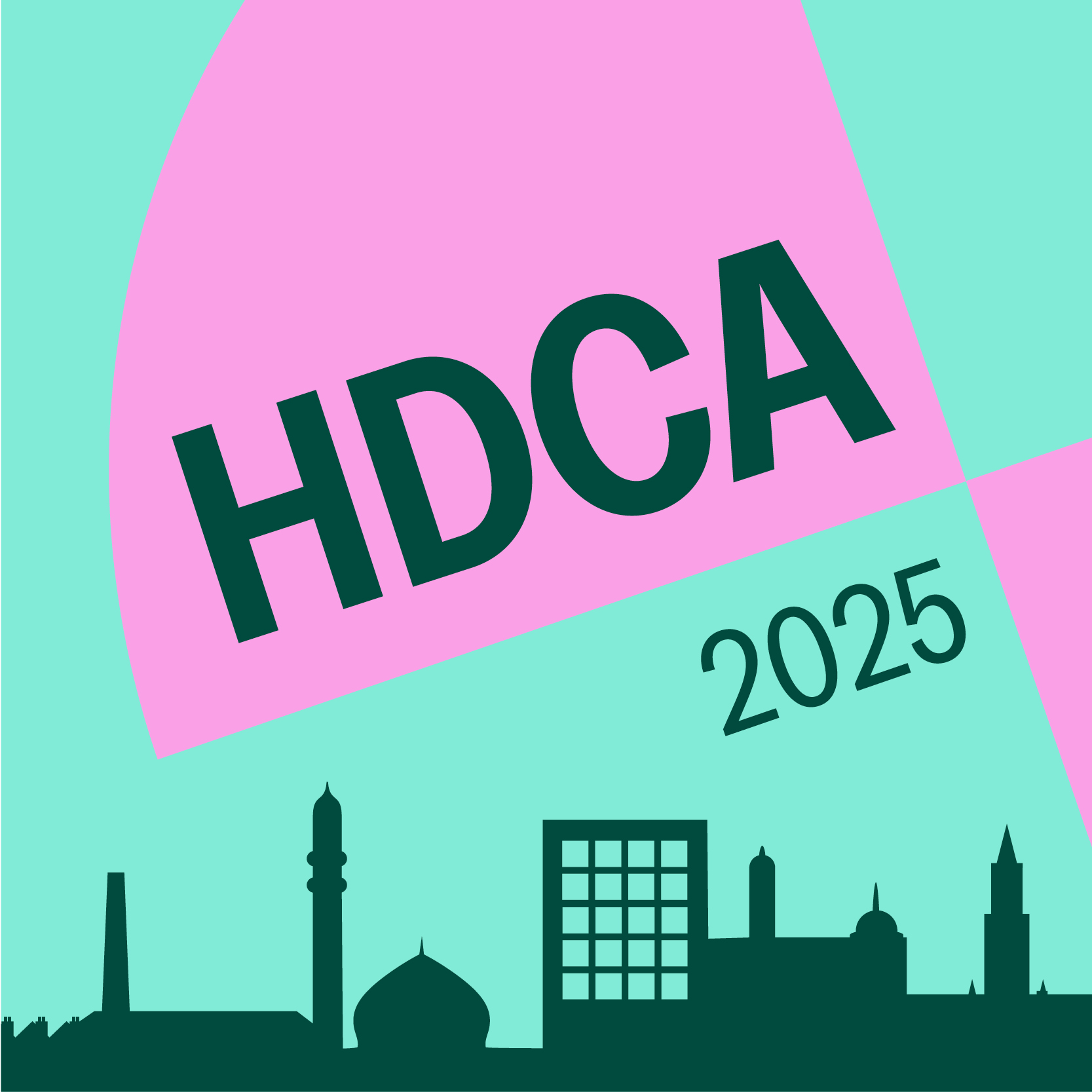Trinidad Raj Molina criticizes the economic contributions of immigrants as a way of justifying their legitimacy in society, but argues that their true value lies in enhancing human flourishing, social progress, and the capabilities that enrich their lives and the communities they support.

Trinidad Raj Molina (AIRR Advocates for Immigrant Rights and Reconciliation)
Dreaming and co-laboring for a future where immigrants are seen as full persons
When times get tough for immigrants, the beautiful thing to watch is how many supporters in the community come out and stand up for the value of immigrants. However, inevitably I see the same talking point brought up, even from immigrants themselves: immigrants contribute so much to the economy.
For instance, a recent project from the American Immigration Council (Map the Impact of Immigration: U.S. Economic Data & Numbers [MAP] - New American Economy) lets us map out the economic impact of immigrant us in the USA, showing that they contribute $651.9 billion in taxes. While these economic studies are impressive, I always wonder why they only equate the value of immigrants with tax contributions or spending power.
It’s unfortunate that we, in America, always try to justify the “impact of immigrants” in terms of the superficial status quo of American economic thought. American economic thought tends to evaluate social progress in terms of GDP growth, but this is not the only way to view social progress for a society. In my opinion, it can be dehumanizing.
When it comes to immigration, we need to adopt a more imaginative economic vision. If we apply the Capabilities Approach, the focal point of our study becomes the dignity of the person and all the complex desires which altogether make up our search for eudaimonia, the good life. Philosopher Martha Nussbaum calls this, “human flourishing.”
The Capabilities Approach makes room to view progress at both the individual and the societal level. Social progress doesn’t just mean an increase in GDP. Social progress means that in our society we see an increase in freedoms. For example, the freedom to have enough food, the freedom to enjoy leisure time, the freedom to love your family, the freedom to pursue your aspirations, even the freedom to have a healthy emotional and intellectual life. It's a multidimensional approach.
At the international level this often means investigating things like the average years of schooling available for boys and girls, average life span of different groups, nutrition, or even access to clean water and livable housing. It's a flexible yet rigorous approach that lets us consider things like gender equality, access to healthcare, and dignified living conditions.
When we evaluate the “economic impact of immigrants,” these considerations need to be our real concern. How do we see an increase in freedoms for immigrants, and how do immigrants themselves contribute to a freer society?
The American tendency is to claim that achieving the good life means making more money to afford opportunities, but that’s rather simplistic. That is the very mindset which equates “development” in our local cities with attracting big investors to create “affordable housing,” even if it’s housing that’s actually unaffordable to many residents. I believe that real development happens through community development.
Here it’s helpful to adopt an Asset-Based Community Development lens. That means not defining communities by their problems and deficiencies but instead by their natural strengths and community connections. By connecting together our natural strengths, our community creates and develops new opportunities. Then human development happens according to our community’s vision, not a vision imposed upon our community by an outside investor or government initiative.
I live in a large neighborhood in Kansas City where immigrants from many nations live closely packed together: Mexicans, Guatemalans, Venezuelans, Somalis, Sudanese, and Senegalese. In the past many saw our neighborhood as a “poor place with trash and crime,” but now people see it as a place of community strength with trust and connection.
Here Jerusalem Farm, an intentional community, worked closely with representatives from many cultures to conduct one of the largest surveys in the history of the neighborhood, in seven languages. They closely collaborated with a specialist in stratification economics who was also deeply influenced by ideas from Chicago Beyond and the Othering and Belonging Institute. This collaboration meant that innovative ideas in economic thought could interact with an engaged community through established relationships of trust with various cultural groups.
Here in our neighborhood, we see some refugees in the community who work on home repairs to create more dignified housing for people who live in dilapidated houses. We also see progressive Latino-led nonprofits that work to create more equity for Latino students in schools. There are immigrant churches which take on the work of welcoming new arrivals through creative housing connections, so that new families don’t go to the streets. There are mosques with pure-hearted community members that actively reach out to elderly brothers and sisters who otherwise live in isolation. A Buddhist temple here has been one of the central hubs of support for many in the Vietnamese community since so many refugees came here during the war. Jerusalem Farm works toward a Community-Land Trust to combat gentrification, and many of the homes added to the land trust were worked on by immigrants themselves.
When we talk about the impact of immigrants, we need to see how they contribute to an increase in freedoms in society through the daily work of community development. They don’t just make our society great, they make our society more connected and more whole.
Humans are more than dollar signs. We are full persons. How often do the stories we tell about immigration emphasize the “dreams” immigrants have when they move to a “better place?” What if we changed the narrative a bit and emphasized how the dreams of immigrants can contribute to our society’s shared dreams of becoming a “better place” … becoming a place with dignified housing and mutual equality … a place of connection, trust, care… Those, I think, are the freedoms that make for the real kind of social progress the world needs.
Author:
Trinidad Raj Molina is the founder of the VIA Immigrant and Refugee Ministry in the Diocese of Kansas City, Mo., and currently works for Advocates for Immigrant Rights and Reconciliation. He lives at Jerusalem Farm, a Catholic intentional community in Kansas City, Mo

